Since the last update:
- Implemented an entirely new ray-based rendering method which includes such benefits as...
- No more chunk loading. All scene data appears instantly
- No more refreshing of chunks. Changes can occur in realtime, at 60+ FPS.
- Vastly Increased performance and draw distance.
- "Infinite detail" (limited only by floating point precision and algorithmic complexity).
- Ability to dynamically animate any surface or object.
- Successfully integrated with much of the old pipeline which optionally includes various screen-space effects, material rendering, and so forth.
- I also implemented complex fluid dynamics, which include such features as...
- Constant fluid volume (impossible to destroy matter (unless intended)). Fluids maintain correct proximity and do not lose or gain water.
- Water pressure. Fluids will balance out (i.e. fill a U-bend evenly) and simulate correct pressure and distribution.
- Free of most artifacts but still needs work. Particularly notable is that the water does not jitter around as it does in many constant fluid simulations.
I have been fairly busy with "real life" issues, which seems to be the norm these days, but I have managed to get quite a bit done regardless.
Below is one of the earlier tests I put together - rendering terrain based on VQ's generated map.
Fluid works quite well now. Constant volume, pressure, multithreaded, 2 mil units. #gamedev pic.twitter.com/mYUoF9L9wj
— Gavan Woolery (@gavanw) May 20, 2015
Added bilinear filtering and HOLY $@#?%! #gamedev pic.twitter.com/DIc7KnDFBR
— Gavan Woolery (@gavanw) May 20, 2015
cc voxel peeps @atomontage_com @Data01 @bartwerf @JonOlick @lexaloffle @rianflo @paniq @ephtracy etc :) pic.twitter.com/r9bgxbbYNx
— Gavan Woolery (@gavanw) May 20, 2015
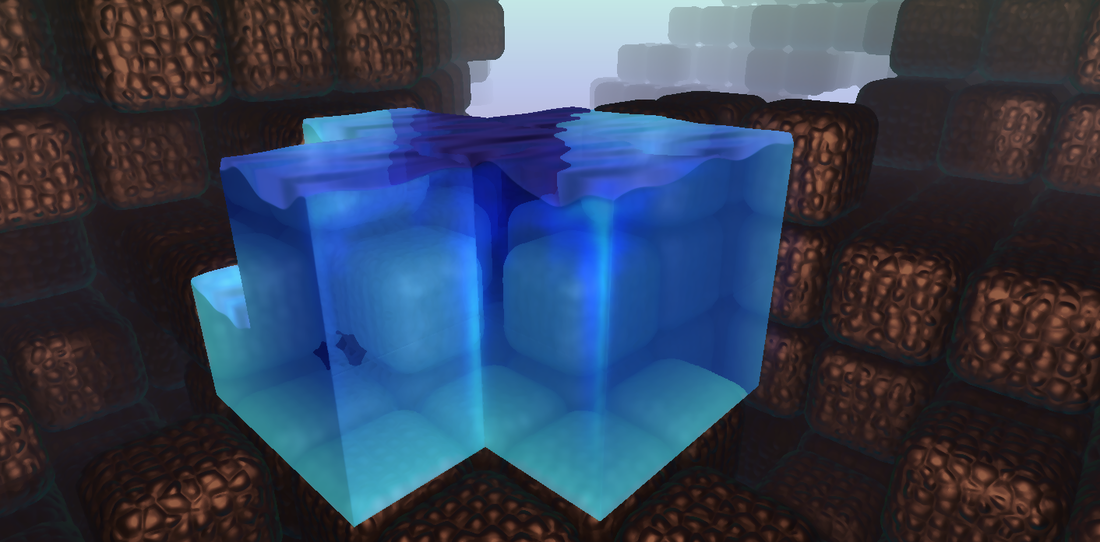
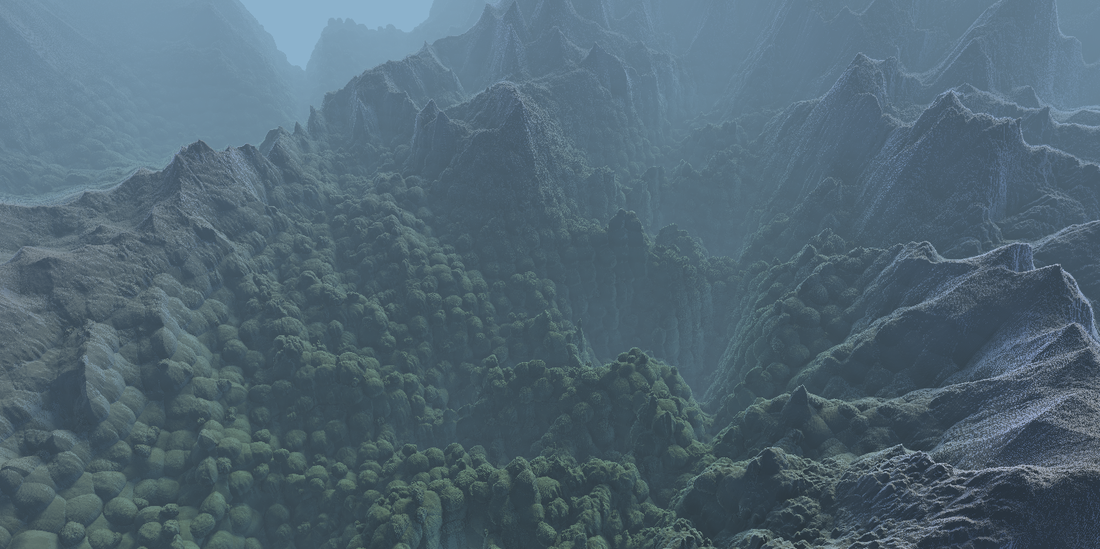
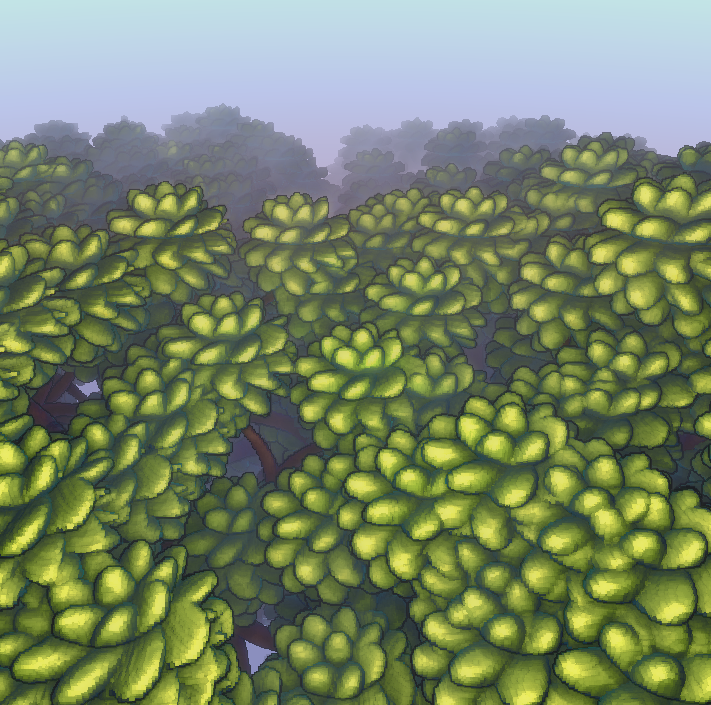
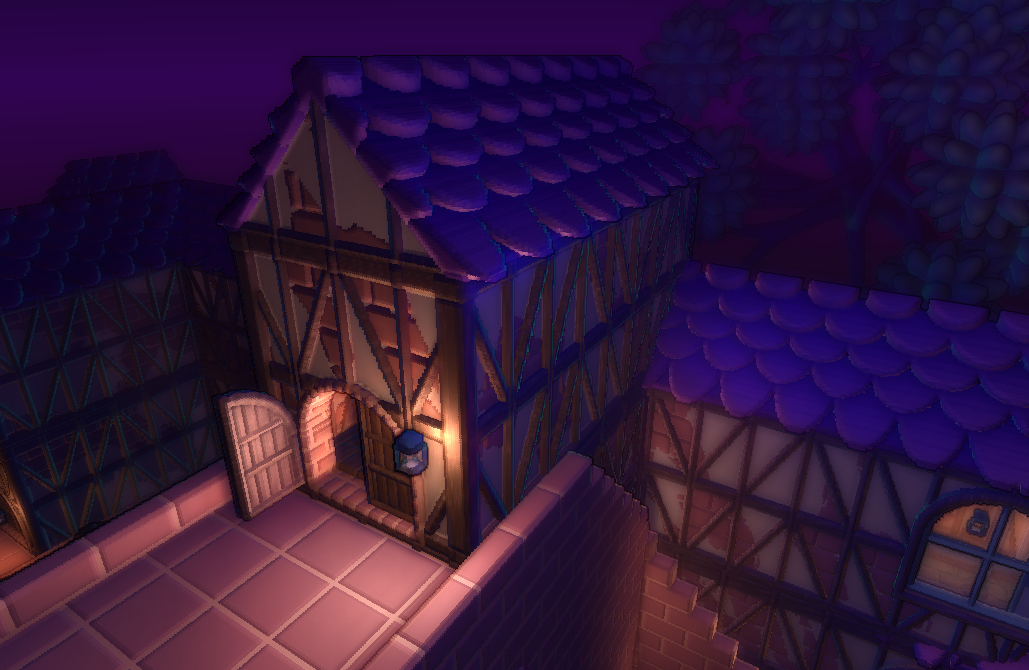
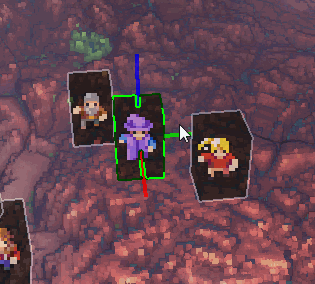
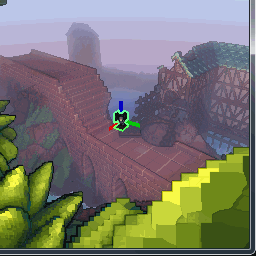
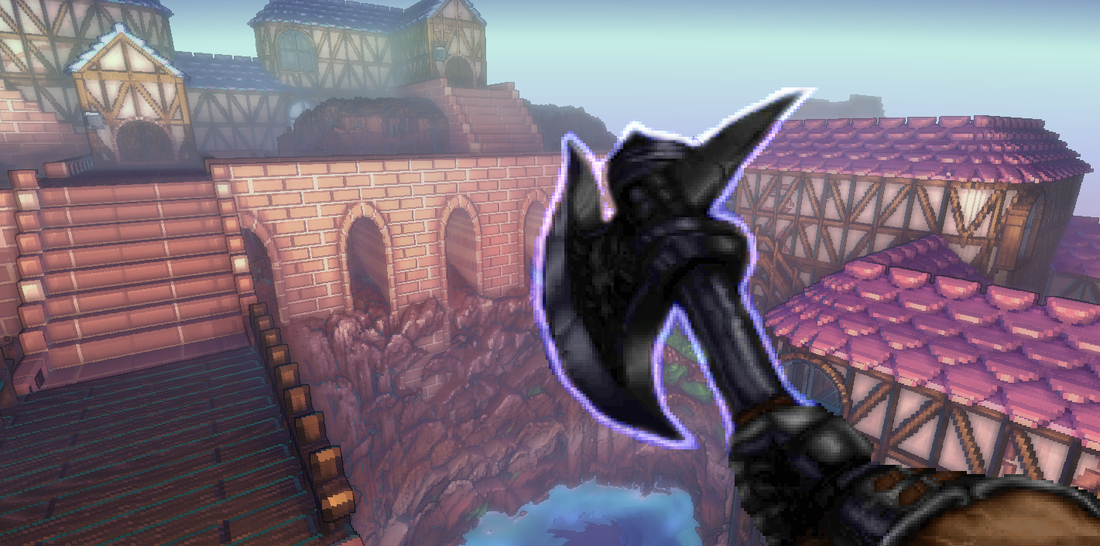
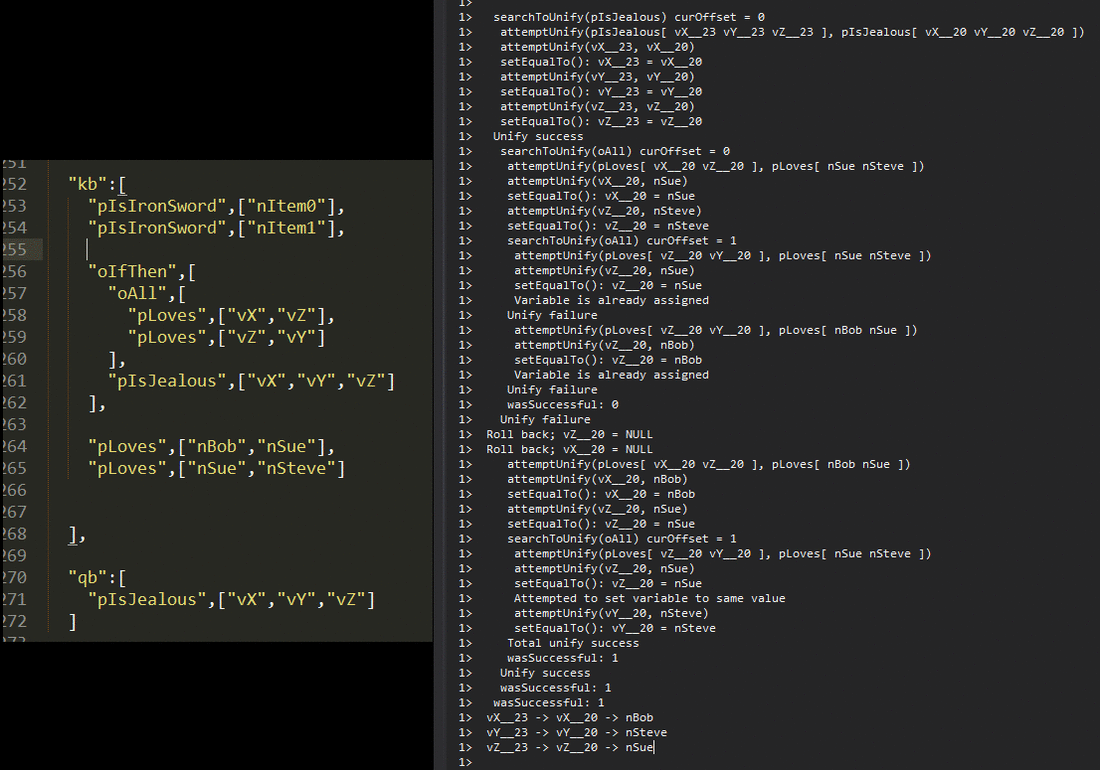
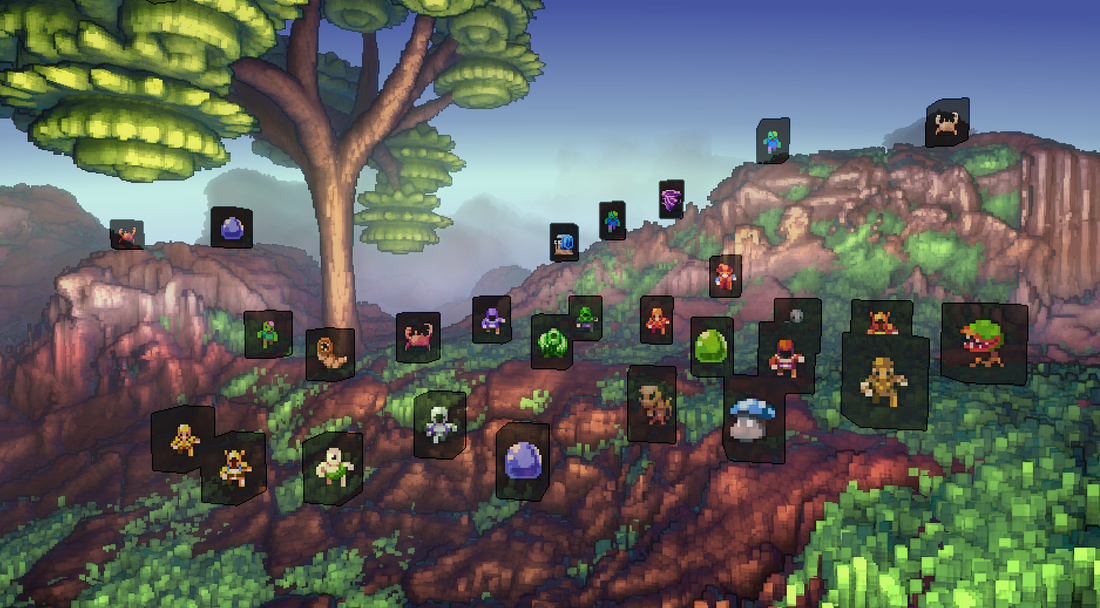
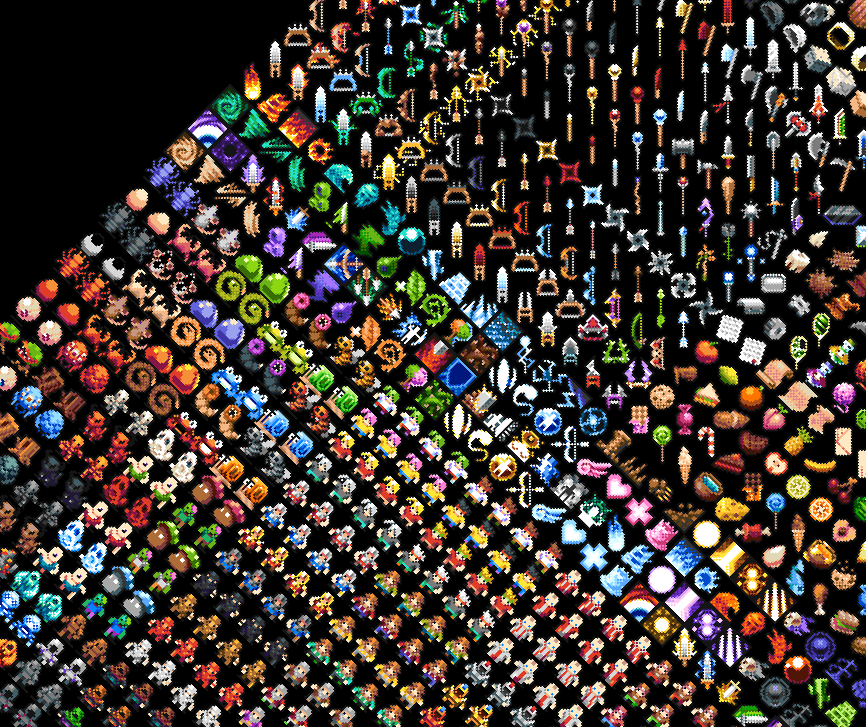

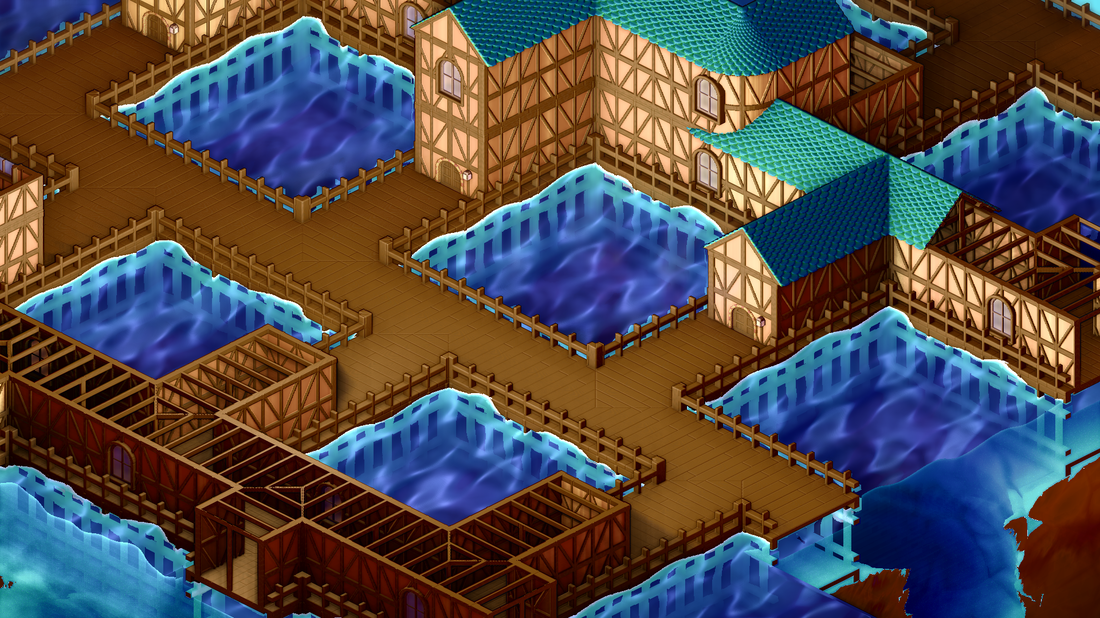
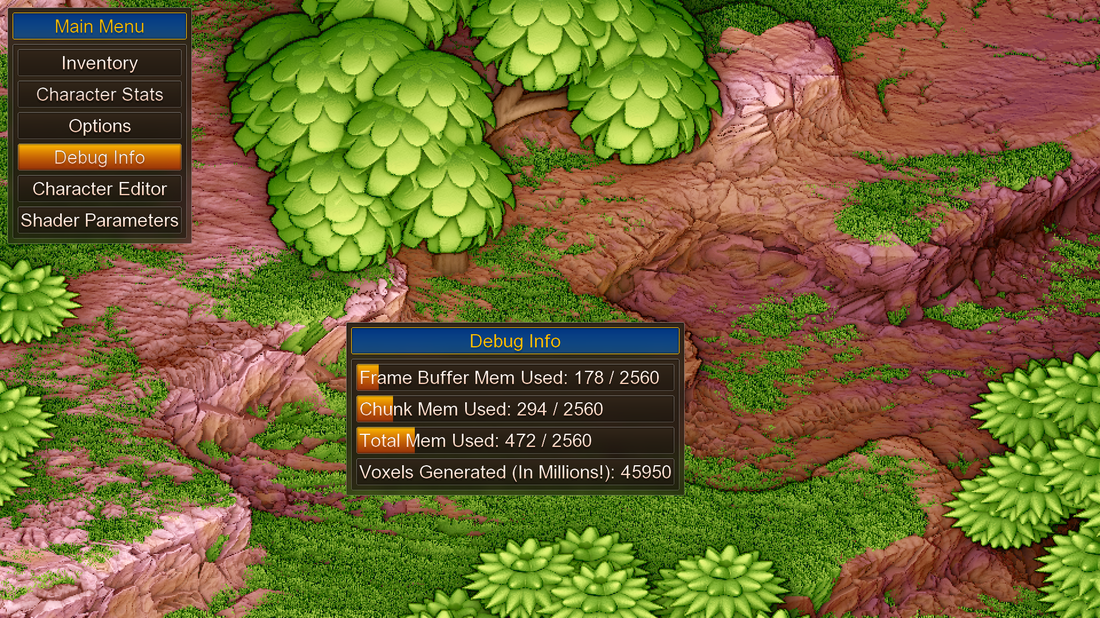
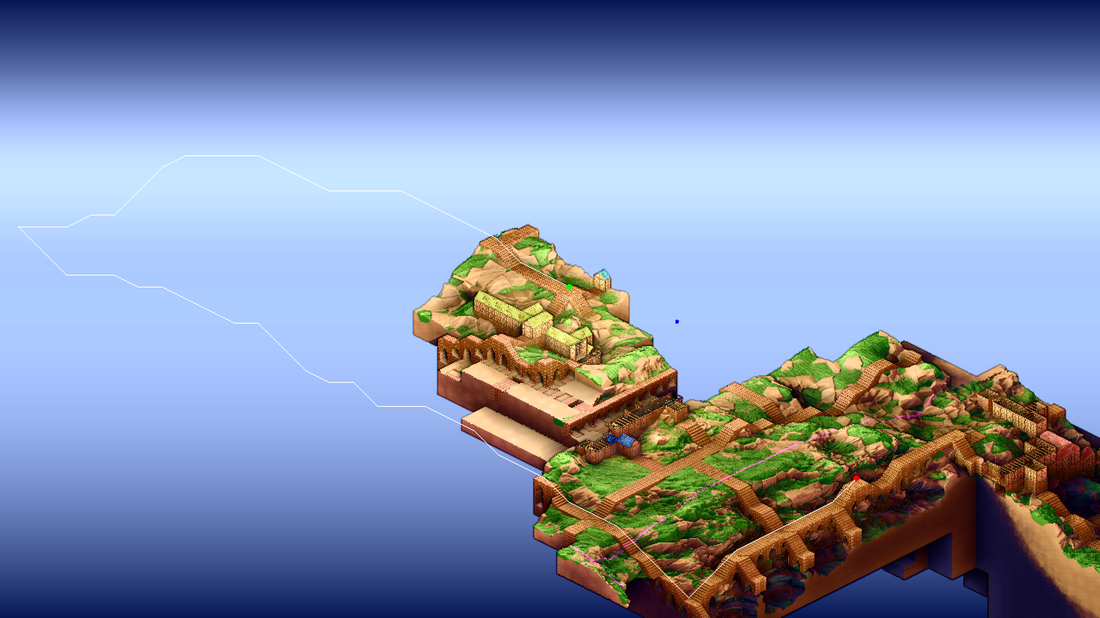
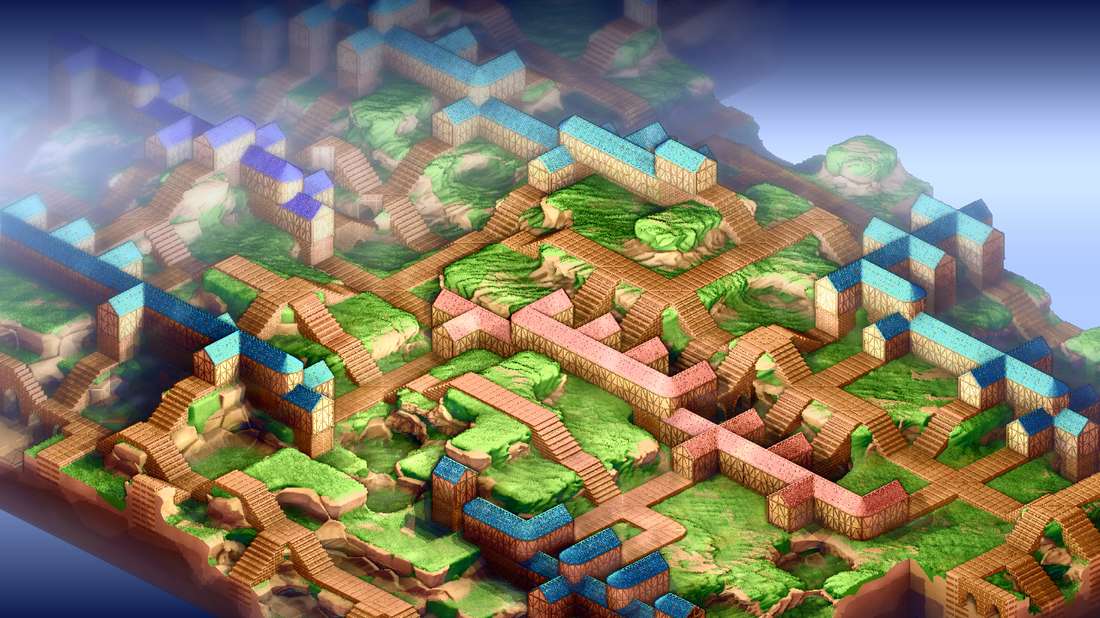
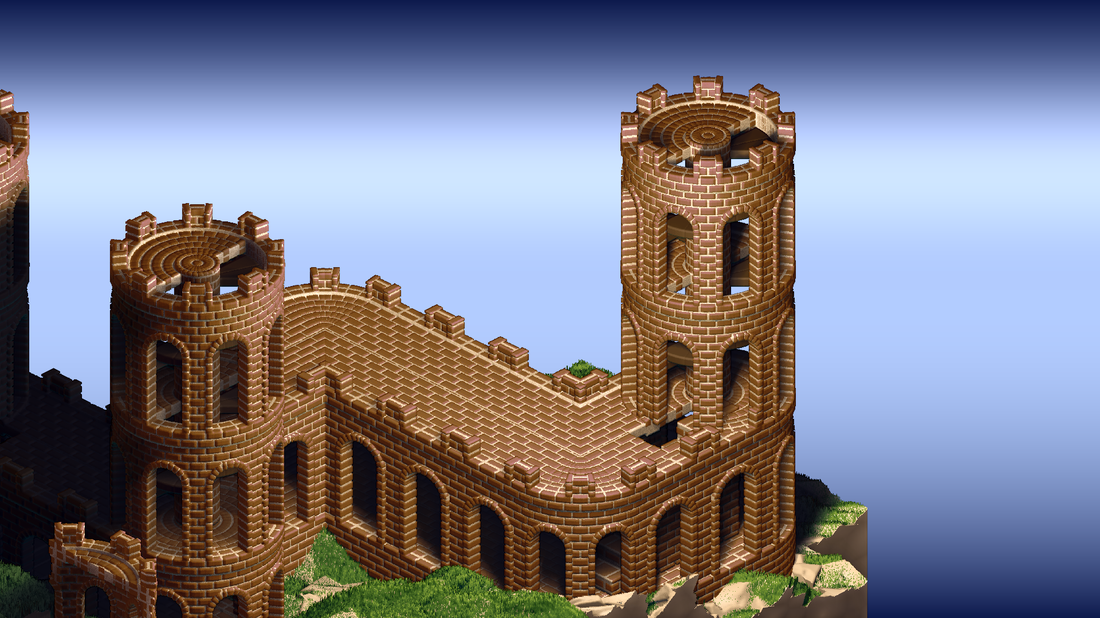

 RSS Feed
RSS Feed